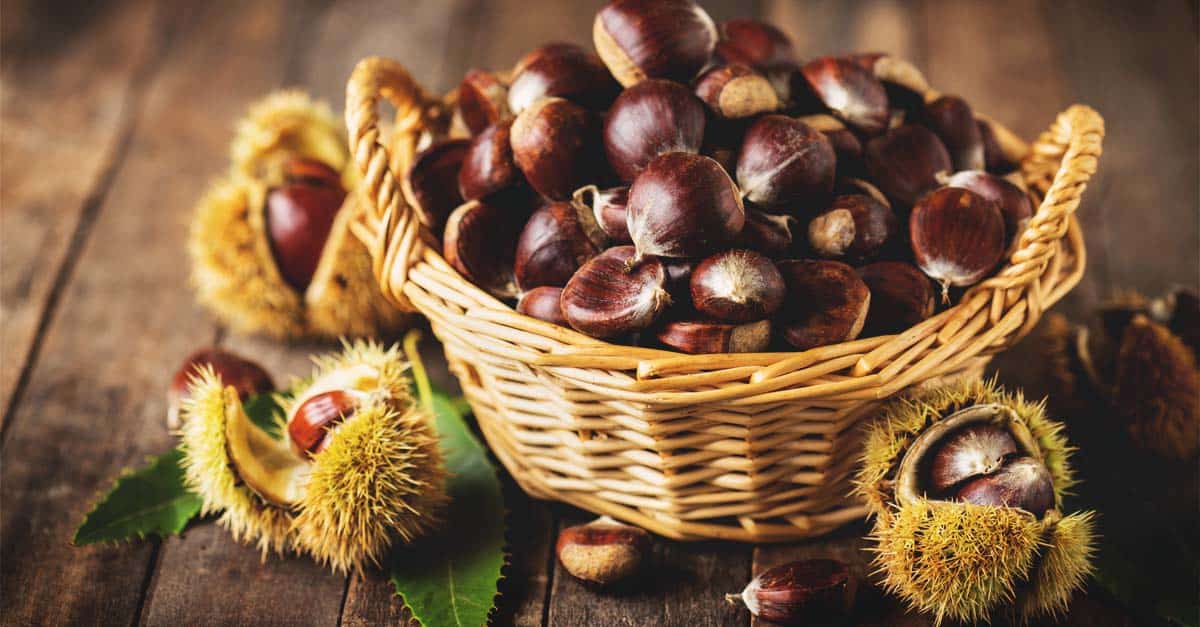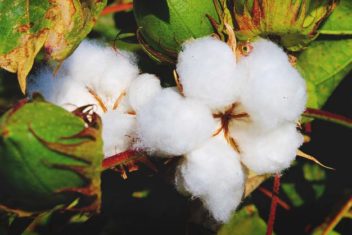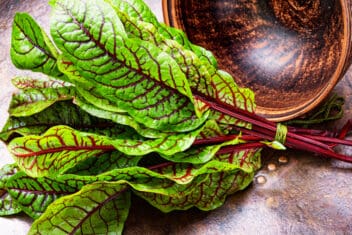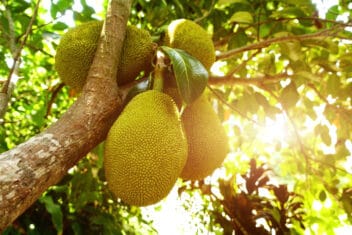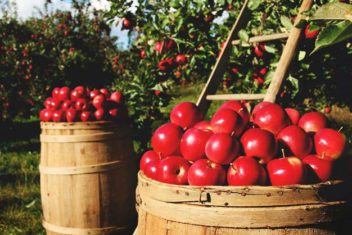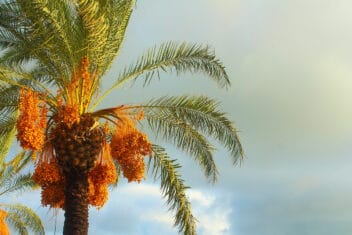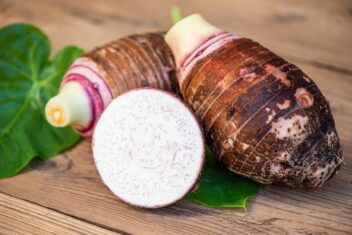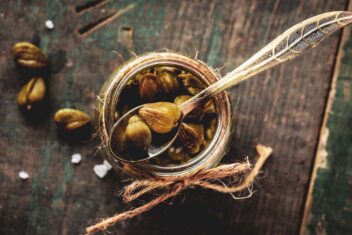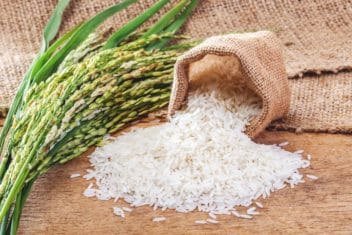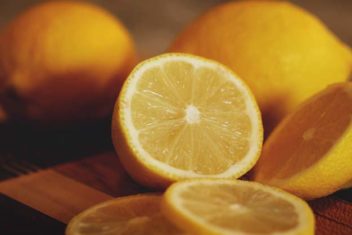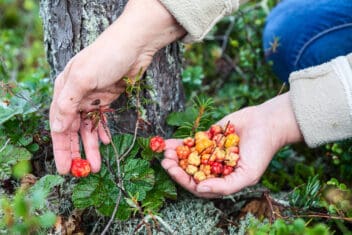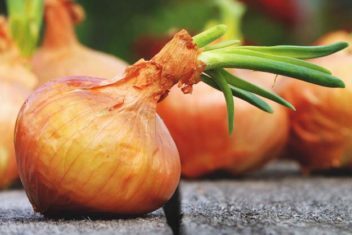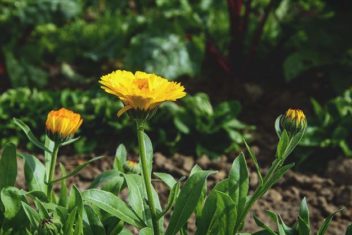Chestnuts roasting over a Christmas fire, a warm chestnut soup, or a cake topped in chestnut cream – hungry yet? If you’re thinking about growing chestnuts so you can indulge in these sweet, nutty treats, you’ve come to the right place.
Chestnuts have a deep, complex flavor, especially if left in the fridge for a couple of days. They taste something like a nutty sweet potato, and the meaty interior is incredibly versatile. You can turn it into a creamy spread or chop it into pasta. They’re incredible mixed into stuffing and, of course, chestnuts are delicious peeled and eaten freshly roasted.
Once your trees start to produce nuts, you’ll have more than enough to provide for you and just about everyone you know. Unlike most nuts high in oils, chestnuts are high in carbohydrates. They’re good for blood, bone and brain function.
Need any more convincing to plant these in your garden? The trees make a beautiful addition to any yard and you can sell any extra nuts at the local market for a pretty penny.
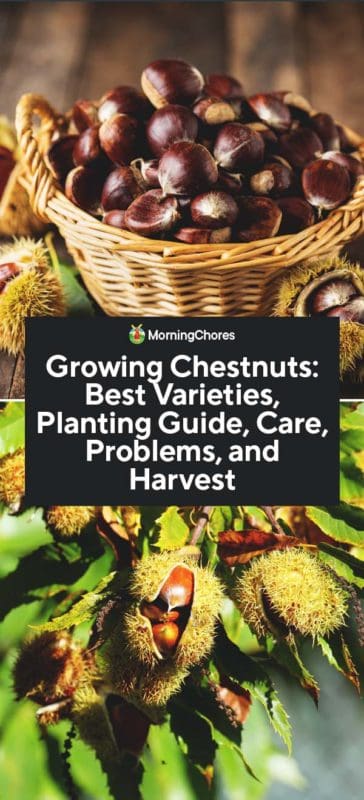
Chestnut Varieties
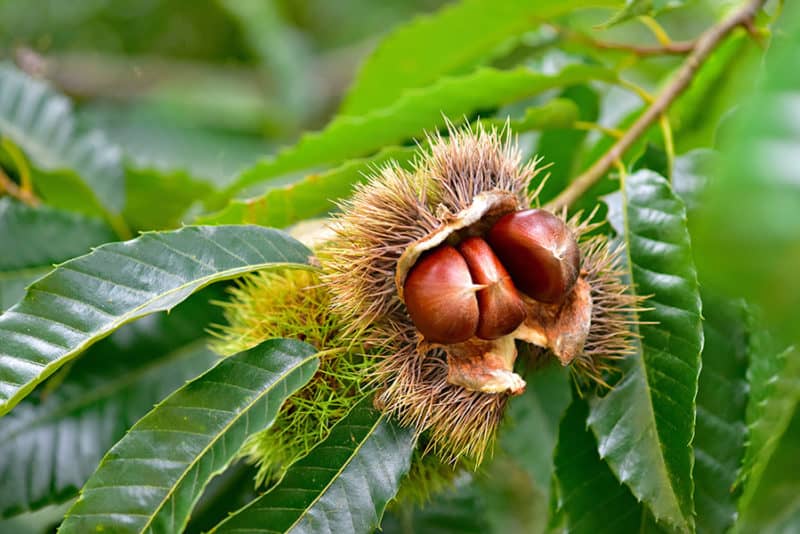
American chestnuts used to be prolific throughout the U.S. until they were hit by blight and nearly wiped out. Some varieties are still susceptible to blight, but with careful breeding, there are a few varieties crossed with the superior American chestnut that are resistant to blight.
There are many cultivars out there, so check with your local supplier for which one grows best in your area and climate.
Dunstan Hybrid
Originally a cross between three Chinese varieties and a blight-resistant American chestnut, this hybrid is popular and reliable. Dunstan produces medium to large fruits with a lovely sweetness. It’s blight resistant.
Eaton
Another American and Chinese hybrid mixed with a third Japanese variety, Eaton is quite fussy about its conditions. This is an early fruiter with sweet medium to large fruit. If it’s too dry or too wet, the fruit will be small. Eaton’s fruits are sweet and store well.
Colossal
This hybrid is a Japanese and European variety that produces quite large nuts. It can be susceptible to blight.
Mossberg
This is a Chinese variety that produces large fruit and peels well.
Qing
Qing (pronounced ching) is a Chinese variety producing sweet fruit that keeps well for 3-4 months. Qing is a heavy producer and can sometimes produce too many for the tree, so nut size is smaller.
Okie
This variety produces large chestnuts but doesn’t do well in cooler climates.
How to Plant Chestnut
Zones
Chestnuts grow from zones 4-9. If you live in a zone that has a minimum of 100 frost-free days, have a go at growing them.
Sun Requirements
Look for a slightly sloping area in full sun. Chestnut trees require a minimum of 6 hours of full sunshine a day, but 8 hours is even better.
Soil Requirements
Free draining soil is imperative for growing chestnut trees. The soil should be loamy with a pH 0f 4.5-6.5.
When to Plant Chestnuts
Plant in spring when temperatures are beginning to rise and the ground is soft and not too dry. I planted one in early summer, and despite the irrigation I installed, it never really made a good early start. To this day, it’s smaller than the other two I planted.
Wait until the last frost is over as, like many plants, they’re frost tender. When they’re at fruit-bearing age, they require 100 days of cold to produce.
Spacing
You’ll need plenty of space as chestnuts get big trees – both high and wide. Spacing is important when it comes to chestnut trees. They can grow big, anywhere up to 100 feet high, but average 50-70 feet.
You’ll also need at least two to pollinate each other, no more than 200 feet apart and a minimum of 25-40 feet apart.
Starting
Chestnut trees can take anywhere between 5-7 years to begin bearing fruit, so I planted saplings that were already 2 years old. You can generally find saplings that are ideal for your area in local nurseries.
Growing Chestnut from Seed
You can succeed at growing chestnuts by seed, but you’ll need some patience. It’s time-consuming and requires a number of steps.
- Gather chestnuts from the ground from a tree that has another chestnut tree nearby. A chestnut from a lone tree is unlikely to germinate.
- Place nuts with the radicle facing upwards in a plastic bag with moist peat moss. Pierce a few holes in the bag and put them in the fridge for 3 months. Ensure the moss is moist, but not wet.
- After 3 months, plant the nut in a container of peat moss and sand. Potting mix is too dense for chestnut.
- Place in a sunny spot and water well until germination.
- Replant the seedling in a bigger pot if necessary and when tall enough, plant in your chosen spot outside.
How to Care for Chestnuts
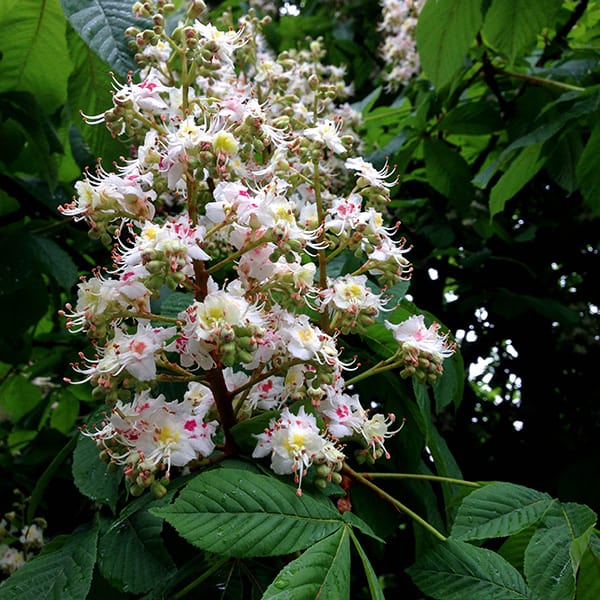
Irrigation
Water well, but don’t soak the soil. Don’t let the earth dry out in the first year. After it’s established, give the tree 1-inch of water a week during the growing season.
Protect from Wind
As with all young trees, protect from the wind as best you can with good quality stakes. Depending on the area you are planting, protect from drying winds with wind or shade cloth.
Fertilizing
Ensure your soil is well fed with rich organic matter before planting because I’ve found chestnut tree roots are susceptible to fertilizer burn when they’re young.
Use liquid fertilizer in the first year and then feed the trees along with the rest of the orchard with dry 10-10-10 fertilizer after that.
Pruning
I don’t prune the chestnuts because they grow happily without it. You will need to prune if:
- The branches are infected
- Branches are rubbing
- The tree needs to be shaped for form and stability
- Branches are low and prevent mowing underneath
Prune in winter when the trees are dormant. If you have infected branches, prune off immediately and destroy them. Remember to sterilize your tools afterward.
Mulching
I mulch all my young trees in the first year, but beyond that, it’s your personal preference and depends on your location, sun, wind, and rainfall.
Mulch with straw, hay, peat moss or grass clippings. Make sure there is space between the mulch and trunk of the tree to avoid rot.
Companion Planting
Chestnuts grow well with strawberries, garlic, peanuts, clover, and oats. Don’t plant chestnuts with oak trees.
Common Problems and Solutions for Growing Chestnut
Blight
Blight is deadly to susceptible chestnut trees. It’s what decimated the original American chestnut trees. It’s a canker disease and if your tree gets blight, you will have to remove the diseased parts and burn them. Unfortunately, once blight is present, the tree will die. Before planting chestnut, ensure it’s blight resistant.
Leaf Spot
Compared to blight, leaf spot is a minor inconvenience. It creates small brown spots on the leaves. Luckily, it’s not fatal. When one of my chestnut trees had leaf spot, I let the disease run its course and it disappeared in time. The chestnuts weren’t affected. You can use a copper-based fungicide to stop it from spreading.
Twig Canker
Twig canker is a little more serious than leaf spot, but like leaf spot, not a killer. It creates canker girdles on various parts of the tree. The best remedy is to prune the affected wood and destroy it.
Chestnut Weevil
Chestnut weevils are a serious pest in some parts of the U.S. The weevils lay eggs in developing nuts and the larvae feed on the nuts as they grow. The little pest can destroy a crop.
Sanitation is key to prevention, so make sure to collect fallen nuts at the end of the growing season. You can also you a Carbaryl insecticide to control the pest.
Gall Wasp
Gall wasps attack Asian chestnut trees. Adults lay eggs inside the buds of plants in the spring, where the larvae live until the following spring. They can cause galls to form on plant parts. Right now, the best method of control is to introduce the parasitic Torymus sinensis Kamijo wasp.
Harvesting
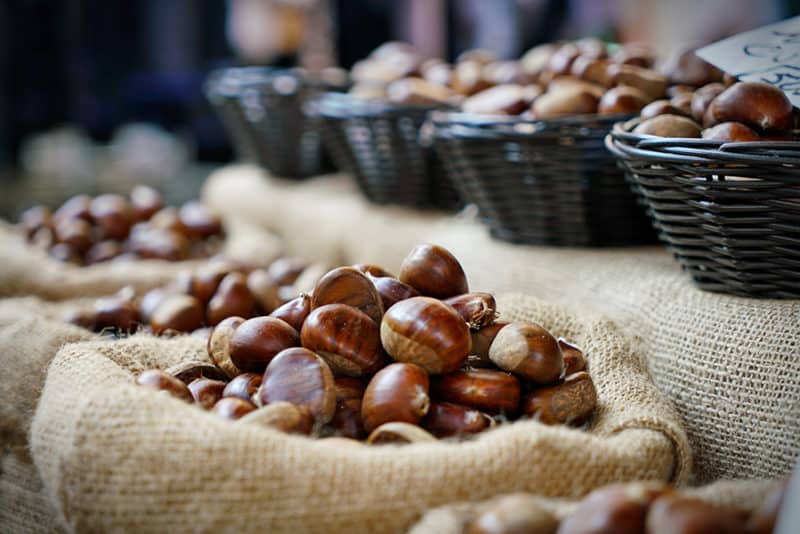
Nuts are ready to harvest from mid-September to December 4-5 years after planting. Allow the nuts to fall to the ground to harvest. They’ll still be in their spiky husks so you’ll probably need gloves.
- Remove the nuts from the spiky burs.
- Store in the fridge in airtight containers for up to a month or in the freezer for up to a year.
- Don’t shell them until you intend to use them as they dry out rapidly.
Shelling
Chestnut shells are thin and softer than most other tree nuts so you peel them rather than crack them. Underneath the shell is an inedible hairy layer that has to be removed also.
Score the shell with an ‘X’ and roast in an oven at 400°F for about 30 minutes. Remove and let cool until you can handle them. While still warm, the shell and inner skin should fall away easily.
Eat them plain, in deserts, make candy or even give chestnut flour a go. They’re a versatile nut and can be used in a lot of ways.
If you have any great ideas on how to use your chestnut harvest, we’d love to hear from you.
